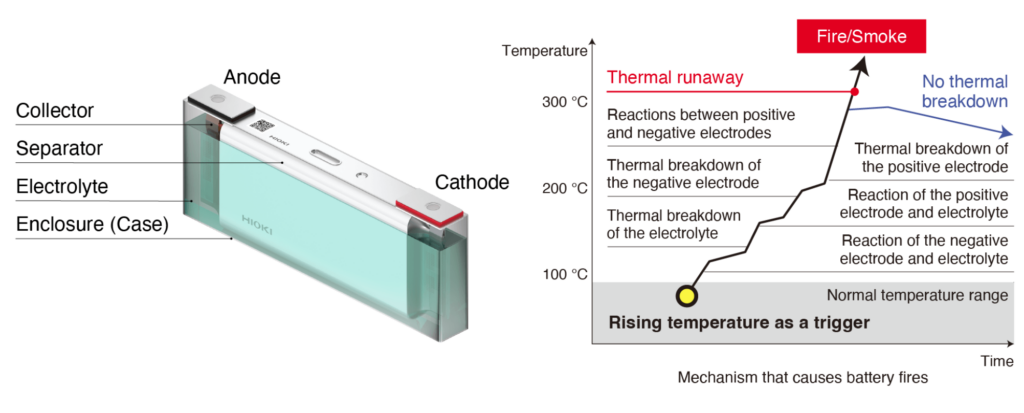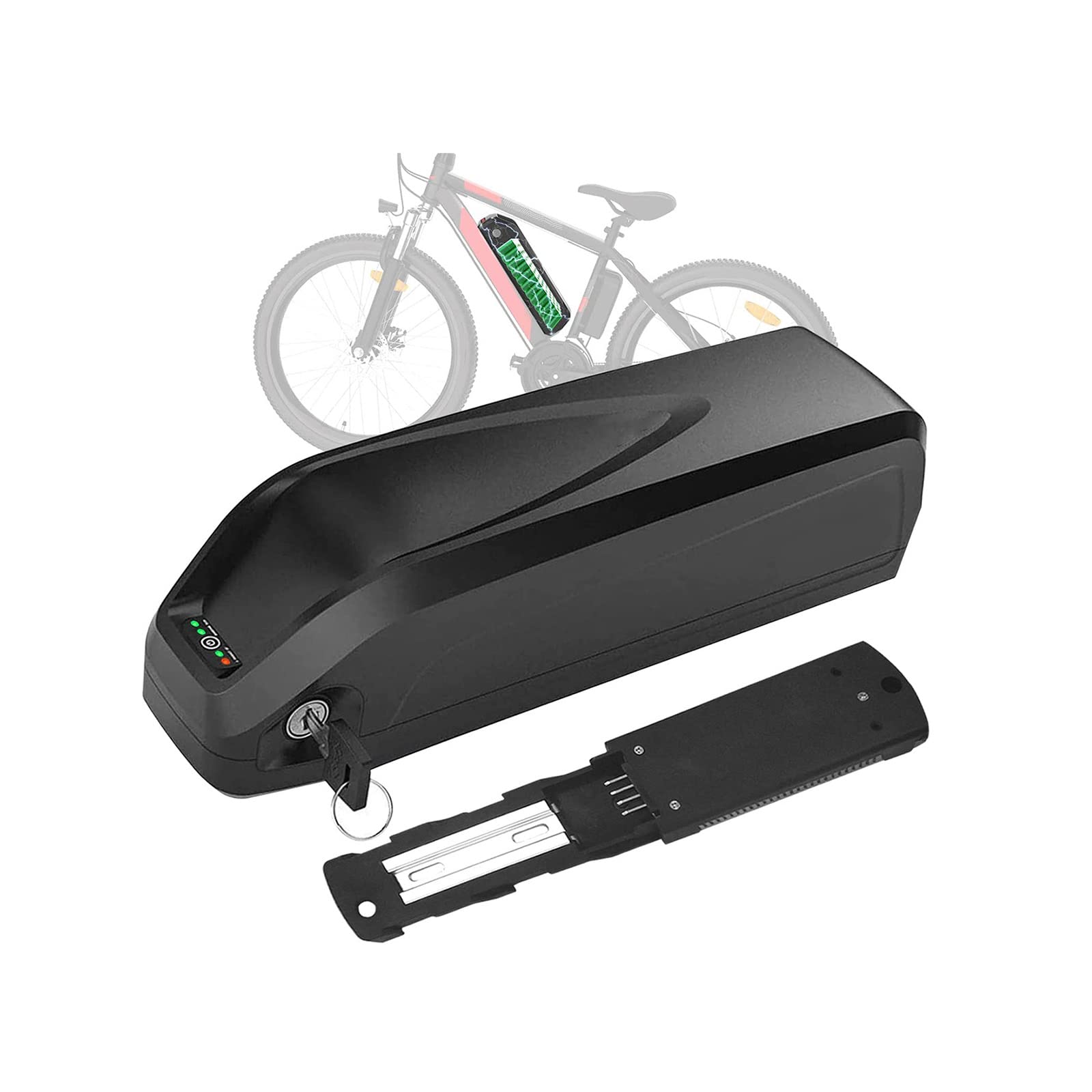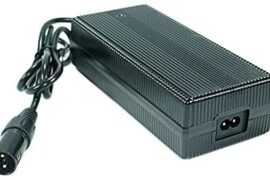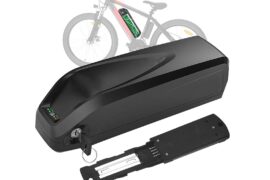If the form doesn’t load on your browser reset your cache or please click here.
We offer more detailed battery safety reports which you can order here.
What Causes Thermal Runaway and eBike or eScooter battery fires?

Lithium-ion batteries, integral to a range of devices from smartphones to electric vehicles, can, under certain conditions, experience a hazardous phenomenon known as thermal runaway. This condition involves the battery entering a self-heating state that can lead to extremely high temperatures, venting, smoke, fire, or even explosions. The structural components of these batteries, such as the cathode, anode, separator, electrolyte, and enclosure, play a critical role in their safety.

Thermal runaway can be triggered by various factors. Internal failures such as defects in the cell that compromise the separator’s integrity can cause internal short circuits, which are particularly likely in cells of poor quality. External factors also contribute, including overcharging (possibly due to incompatibility between cell and charger, or a flawed battery management system), multiple overdischarges followed by a charge, external short circuits, and exposure to high- or low-temperature environments. Contamination with minuscule quantities of metal can lead to the formation of dendrite, a metal precipitate that gradually dissolves into the electrolyte and grows over time, eventually rupturing the separator and resulting in a short-circuit. Moreover, faulty welds between materials can overheat and ignite during repeated charging and discharging cycles.
To detect and prevent these risks, manufacturers implement various tests and strategies throughout the production process. Insulation resistance testing and open-circuit voltage testing are crucial methods employed by most battery manufacturers to identify cells with potential ignition factors. However, more advanced techniques are being explored. For example, operando X-ray microtomography has been used to measure changes in the state of charge at the particle level inside a lithium-ion battery after it’s been charged. This method has shown the presence of large local currents inside batteries at rest after fast charging, which could be one of the causes behind thermal runaway.
If a battery has a damaged, aged or faulty cell it will often demonstrate a higher internal resistance and therefore more heat is generated when doing it’s work. Having a regular battery test can alert you to the dangers in advance.
How do we inspect electric bike and electric scooter batteries for safety?
We follow carefully planned processes that include visual and technical inspections including compatibility, integrity, voltage tests, charging temperature and wear and tear and fault calculations. As an ebike or escooter owner all of our inspections can provide a certain amount of peace of mind (even the free one) although some tests require a significant investment of our time and these are reserved for the paid battery safety reports.





